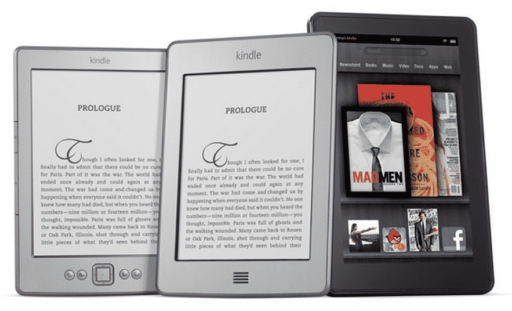In the past 15 years, the way you listen to and share music has changed dramatically. Tell a group of teenagers about the good old days of perusing your local music store for a new CD or learning about a new band from watching a music video channel that actually played music videos, and you’re likely to get more than a few blank stares. You might as well be telling them about the War of 1812.
Without a doubt, few industries have experienced such a shift in such a small amount of time. The way you buy music is different, the way you store music is different and, perhaps most importantly, the way you experience music is different. Here are just a few major ways music consumption has evolved in recent years.
Phase 1: Quantity Over Quality
The MP3 was originally designed to enable the quick transfer of audio files between computers with small hard drives and slow connections. It was never intended to provide a CD-quality listening experience. Then came Napster, which allowed users all over the world to share their music collections over the Internet. However, Napster required the use of a file type that could cut down on transfer times and allow for maximum storage.
This was the start of a shift in the way you thought about your music collections. Was it worth it to pay $18 for a disc of 12 perfect sounding songs, or was it better to sacrifice a little quality for the opportunity to pay nothing for millions of songs? The choice for most people was clear, and the driving force behind the music quickly changed from quality to access.
Phase 2: Me-Centered Music
Buying and listening to music was once a communal experience, but the digital age has put more of an emphasis on the individual. Because you have instantaneous access to so much music, there is much less need for the curated experience. The physical mixtape has been replaced by an algorithm that can monitor your listening habits and design a perfect playlist for you. Streaming services have made it so you don’t really need anyone’s opinion about whether to buy an album or not. Just listen for yourself.
Some view this more disposable idea of music as a negative; however, it has enabled you to connect more quickly with the music you enjoy. It also helps you better understand the larger history, genres and subgenres of music.
Phase 3: Optimal Listening Experience
In the last few years, music listening has come full circle in many ways. As high-speed Internet access has improved and infinite cloud-based storage has made its way to the forefront, people have once again come to expect a high-quality listening experience. Especially with high-tech accessories, such as high-quality noise-canceling headphones and portable speakers, you want the sound to match the sophistication of your listening technology.
Long-play records and live concerts have also come back into vogue, as people search for the happy medium between digital convenience and personal connection. Without a doubt, the world of music is changing, but at the end of the day, listeners are still trying to capture that primal feeling of hearing a beautiful song through the best means possible.



